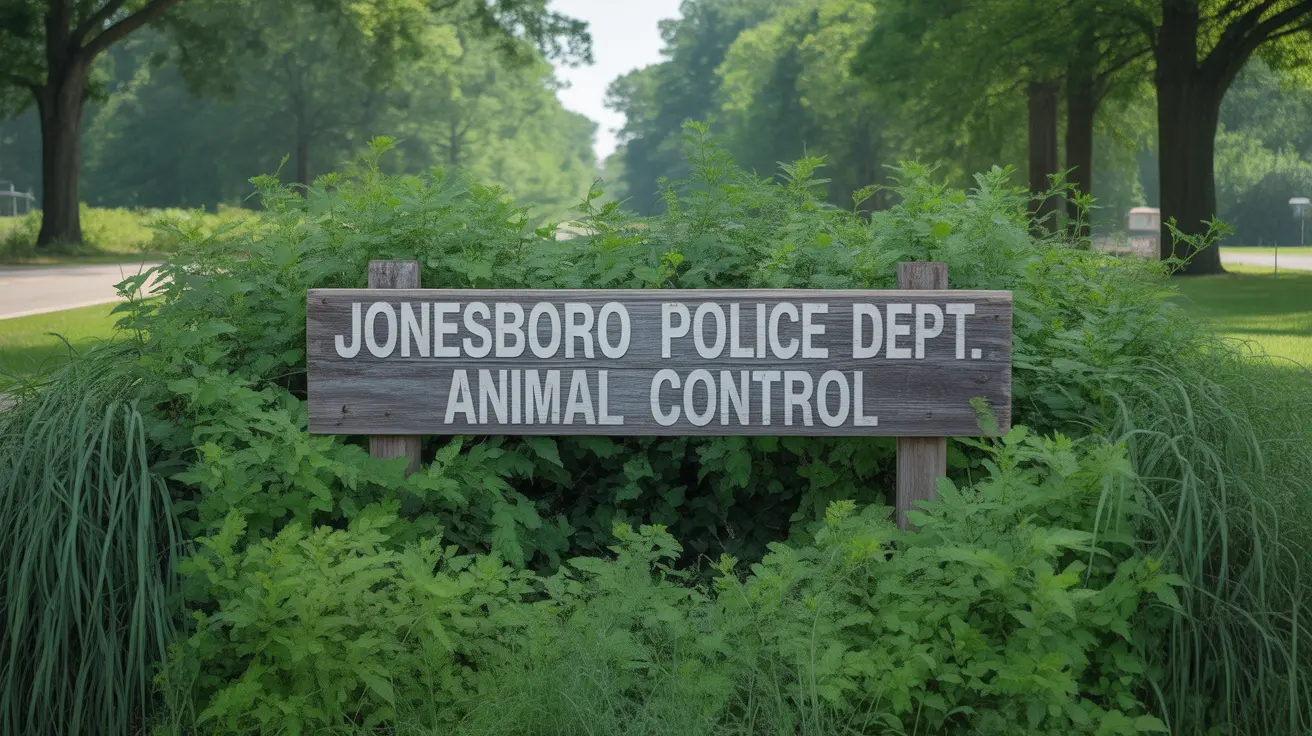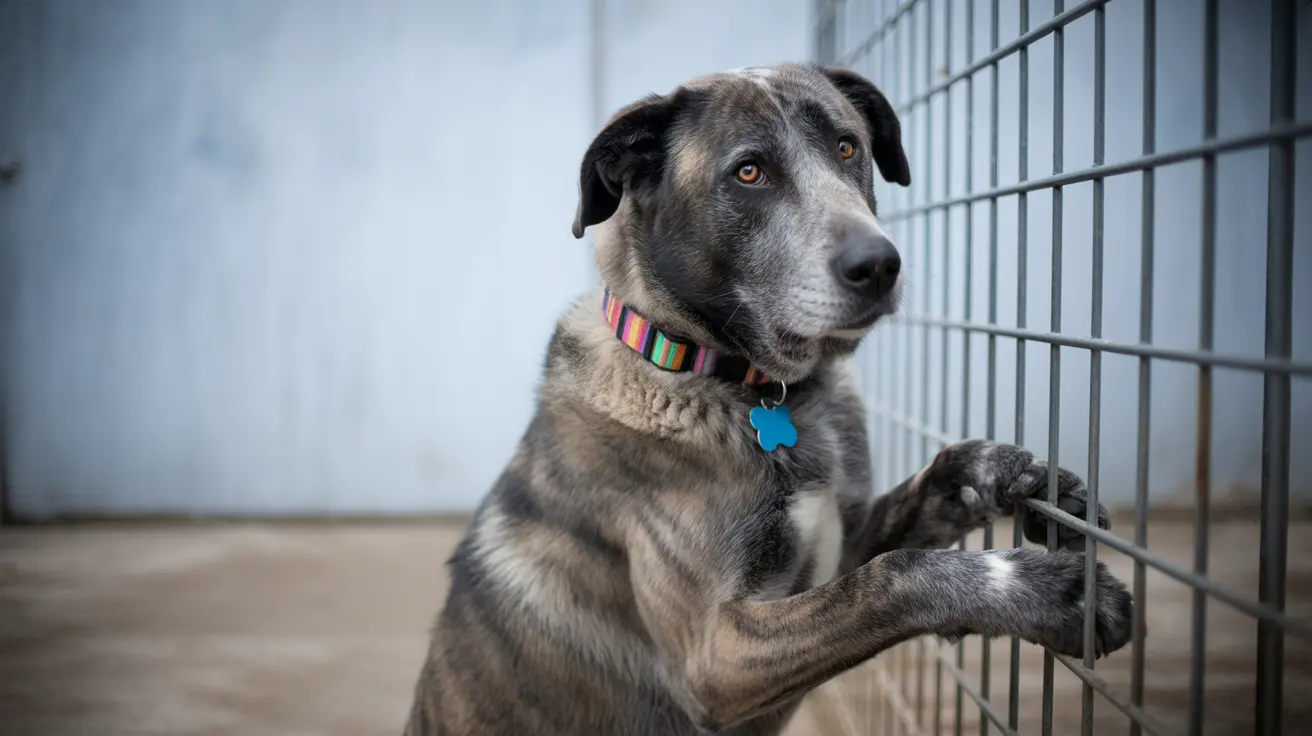Understanding Standard Pug Coat Types
Pugs are instantly recognizable thanks to their compact bodies, wrinkled faces, and signature curled tails. But when it comes to their coats, not every color or pattern makes the cut for breed standards. If you're curious about which coat types are officially recognized for pugs, let's dive right in.
Breed Standards: What Counts as 'Standard'?
The major kennel clubs have clear guidelines on which pug coat colors qualify as standard. The American Kennel Club (AKC) accepts only two colors in the show ring: fawn and black. Fawn pugs can range from a light cream shade to a rich apricot, while black pugs boast a solid, glossy black coat.
- AKC: Fawn and black only
- Canadian Kennel Club (CKC): Fawn, silver-fawn, and black
- The Kennel Club (UK) & FCI: Fawn, apricot, silver, and black
While some clubs recognize additional shades like apricot or silver-fawn (a cool-toned pale fawn), the AKC sticks strictly to fawn and black for competitions. Non-standard colors—such as brindle, panda (parti-color), merle, chocolate, white, or black and tan—aren't accepted for showing and often hint at mixed ancestry.
Description of Standard Coats
- Fawn: The most common pug color. This shade varies from pale cream to deep apricot or reddish hues. All non-black pugs feature a distinct black mask covering the muzzle and ears. Other classic markings include:
- A mask: Deep black muzzle and ears that may extend toward the eyes.
- A trace: A line of black running down the back's center—more noticeable in fawns.
- A thumbprint: A dark oval or diamond on the forehead among the wrinkles.
- Moles on cheeks: Well-defined small black spots.
- Black: The entire coat is solid jet-black with minimal markings. Occasionally you might spot a little white on the chest or paws. As these pugs age, their muzzles may gray slightly.
- Apricot: Recognized by some clubs but not all. This is a rich orange undertone always paired with a black mask and ears; sometimes there are lighter patches on the chest.
- Silver/Silver-Fawn: The palest shade—a cool-toned grayish beige—rarely seen but accepted by certain clubs outside the AKC. Like other non-black pugs, they sport a mask, ears, trace line, and thumbprint marking.
The Non-Standard Colors
If you see brindle stripes or unusual patterns like panda (parti-color), merle, chocolate, white, or even black-and-tan combinations being advertised as rare or exotic—these aren't part of any major breed standard. Such colors usually come from cross-breeding or genetic mutations not typical of purebred pugs. Sometimes these non-standard coats carry extra health concerns too—especially with genes like merle.
Pug Coat Texture and Care
No matter what color your pug sports, their coat should be smooth, fine, soft, short, and glossy—not woolly or coarse. All pugs shed moderately to heavily year-round; weekly brushing helps keep loose hair under control. Lighter coats may show stains more easily than blacks do.
Puppy Color Changes & Markings
Pug puppies can change color as they mature—especially those born fawn or silver-fawn. You might notice smuttiness (scattered dark hairs) appearing or fading over time; this isn't a disqualification but is considered a minor fault in shows. White paws or chest markings (sometimes called "mitted") aren't standard either but don't pose health risks.





